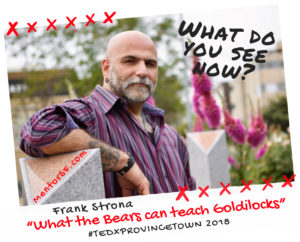4 Characteristics of a Cohesive Team

Many businesses get things done by assigning projects to task-oriented teams. When a group of people work together, they can complete tasks for the good of the company. However, when the team cannot cooperate, project progress comes to a halt. If you take care when preparing a team, you can make sure that they will work together and reach the goals you assign them.
Quality Communication
Jostle asserts that in order for a team to function well, its members must be able to communicate. At the team’s inception, you may want to establish some rules to help this process. This is especially important if your team includes people who are introverted. For example, rather than doing a freeform brainstorming session, you might try going around the room so ideas are voiced one at a time, encouraging the participation of the whole group. It is also important to make certain that every team member sees all project-related emails and texts.
Personal Introspection
It is easier to be part of a group when you are confident in your own identity. If you are developing a long-term group, you might work with them to understand their personal learning styles, communication styles, and conflict styles. Understanding your own quirks can help you be more understanding of another team member’s perspective. CMOE points out that personal discovery leads to an improved commitment to team goals, agreements, and action plans.

Its about all the parts coming together as one
Complementary Skillsets
Part of assembling a winning team is knowing what each member brings to the table. There are some people who are gifted leaders who can inspire others. There are some people who are happiest working behind the scenes. A wise project manager will gather a team whose personalities and skills complement each other. This kind of matching improves the team because each member feels necessary and important. Recognizing the skills of team members also makes organization easier. You can point to a reason why each name has its place on the organization chart. In order to do this well, you need to lay the groundwork by getting to know the skills and personalities of the people in your workplace.
Shared Mission
It is easier for people to be enthusiastic about a project when they know why they are doing it. If the members of the group have a shared vision and mission, they are more apt to work toward that goal. Especially for large projects or long-term teams, you need to do this work right at the start. If your organization has its own mission statement, you can help the team recognize how their project fits into that larger mission. According to Madison, establishing a broader mission will also help the team break the project into actionable pieces. Each member can see how his or her task is working toward that larger goal.
Working with teams is one of the most effective ways to complete tasks in an organization. However, it can be difficult to cultivate a culture of teamwork. When you carefully develop your teams, you are placing them on the path to achieving their goals.
For teamwork training and workshops, let MentorSF be there for you!



